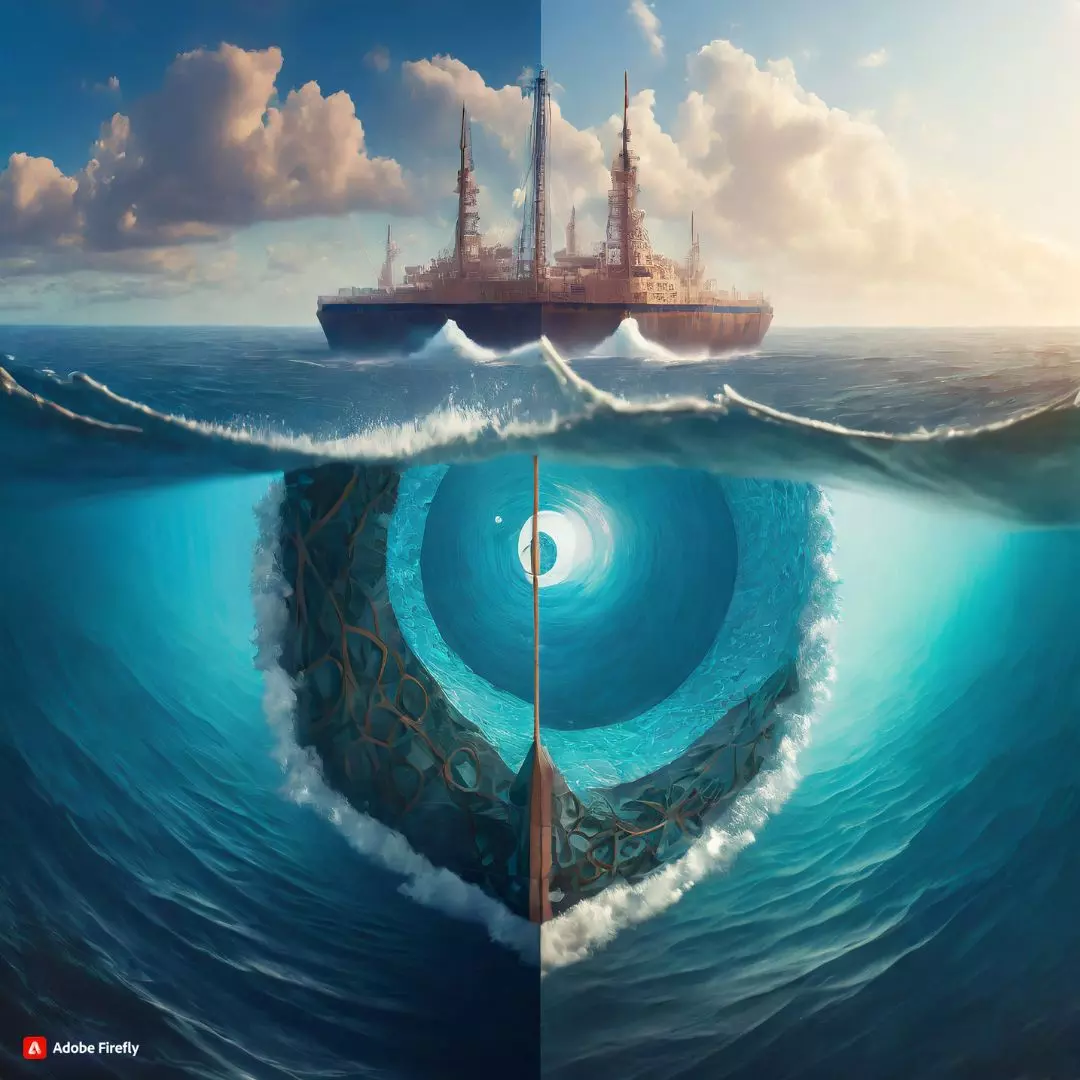In the vast expanse of our oceans, a crisis quietly unfolds beneath the waves – the insidious intrusion of noise pollution. As we commemorate World Oceans Day, the urgent need to address this growing threat to marine life becomes increasingly evident.
From the microscopic organisms to the majestic marine mammals, the symphony of the seas is disrupted by human-made sounds. Anthropogenic noise, primarily originating from shipping, seismic airgun surveys, and pile driving, casts a pervasive shadow over the underwater world, triggering adverse consequences for the delicate balance of marine ecosystems.
Shipping, the lifeblood of global trade, inadvertently becomes a contributor to the cacophony beneath the waves. The clamour of engines, propellers, and vessel movement disrupts the acoustic environment crucial for marine life. The adoption of Best Available Technology (BAT) and Best Environmental Practice (BEP) emerges as a potential solution. Alterations in ship design, propeller technology, and the promotion of “slow steaming” offer ways to mitigate the acoustic footprint, fostering a quieter coexistence between maritime activities and marine habitats.
In the pursuit of resources, the use of seismic airgun surveys in oil and gas exploration introduces a formidable challenge to marine life. The intense, low-frequency noises generated during these surveys can displace marine mammals and impact smaller organisms. The exploration of alternatives, such as Marine Vibroseis, emerges as a potential path forward. This technology produces controlled, lower-frequency seismic signals, presenting a quieter yet effective method for underwater exploration.
Underwater Construction’s Sonic Toll
As the demand for offshore wind farms and marine structures rises, so does the use of pile driving, a process known for its disruptive underwater noise. The underwater symphony is further disturbed as these loud, percussive sounds displace marine life and alter natural behaviors. Innovative alternatives like BLUE piling, which replaces traditional impact hammers with a water mass, show promise in curbing the acoustic impact of underwater construction.
The repercussions of ocean noise pollution extend far beyond marine life. As we grapple with this escalating issue, a global imperative emerges. International treaties and agreements, including the Convention on the Conservation of Migratory Species of Wild Animals (CMS) and the Convention on Biological Diversity, underscore the need for collaborative efforts. The adoption of BAT and BEP, alongside regulatory measures, provides a framework for nations and industries to collectively address this shared challenge.
A Call to Action: Preserving Ocean Harmony
Amid this growing concern, the urgency to act becomes evident. As we navigate the delicate balance between human activities and the preservation of marine ecosystems, a proactive approach is essential. The upcoming opportunities, such as the CMS Conference of the Parties, present crucial moments for global stakeholders to unite in safeguarding the oceans – not just for the myriad marine species that inhabit them but for the millions worldwide who rely on these oceans for sustenance and economic survival.
In conclusion, the silent crisis of ocean noise pollution demands our attention. It requires a collective commitment to explore and implement solutions that allow both human activities and marine life to coexist harmoniously. The seas, integral to the health of our planet, beckon us to act responsibly and ensure a future where the underwater symphony can continue to play undisturbed.
Also Read: Odisha Govt Approves Seven Major Investment Projects Worth Rs 1482 Crore











